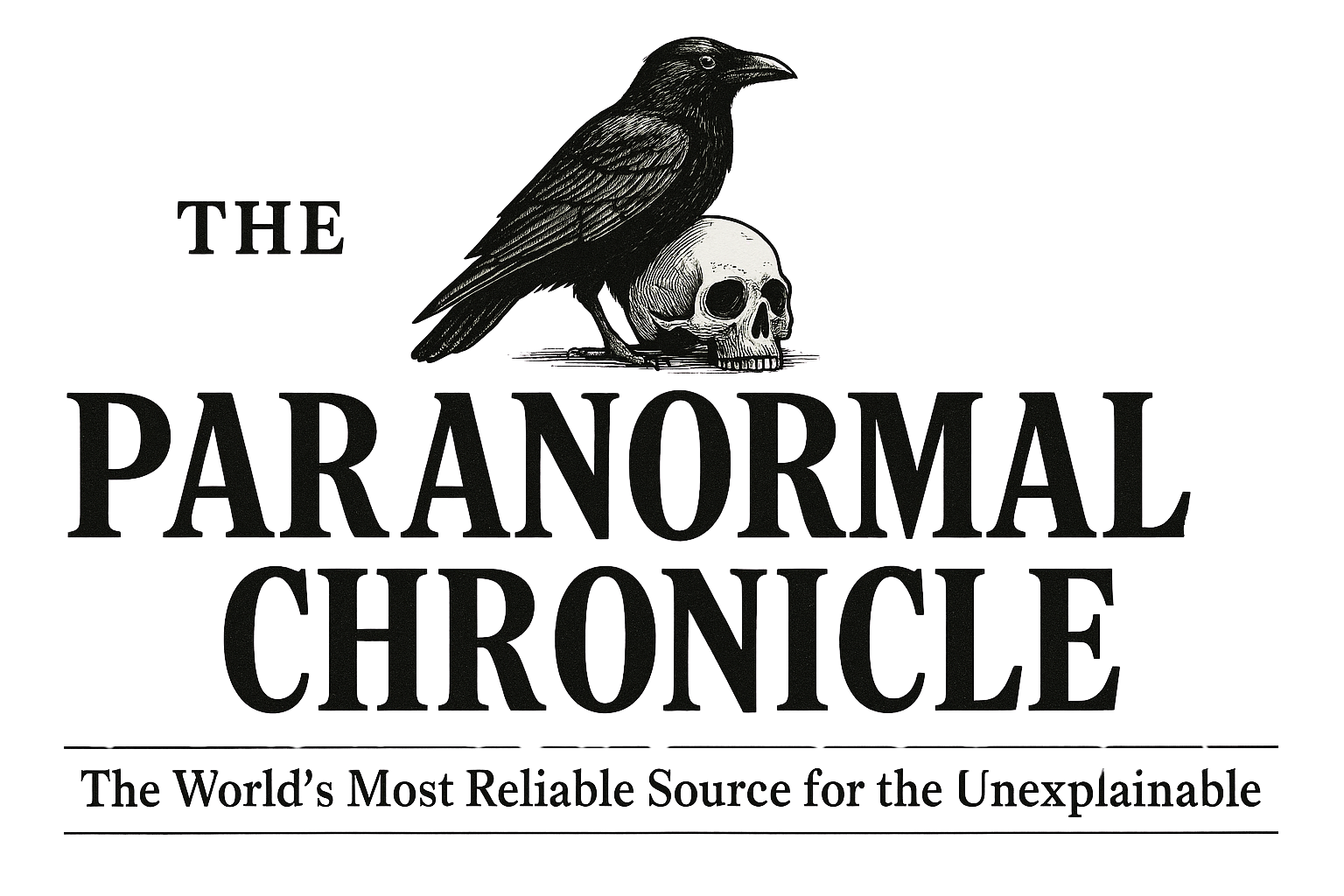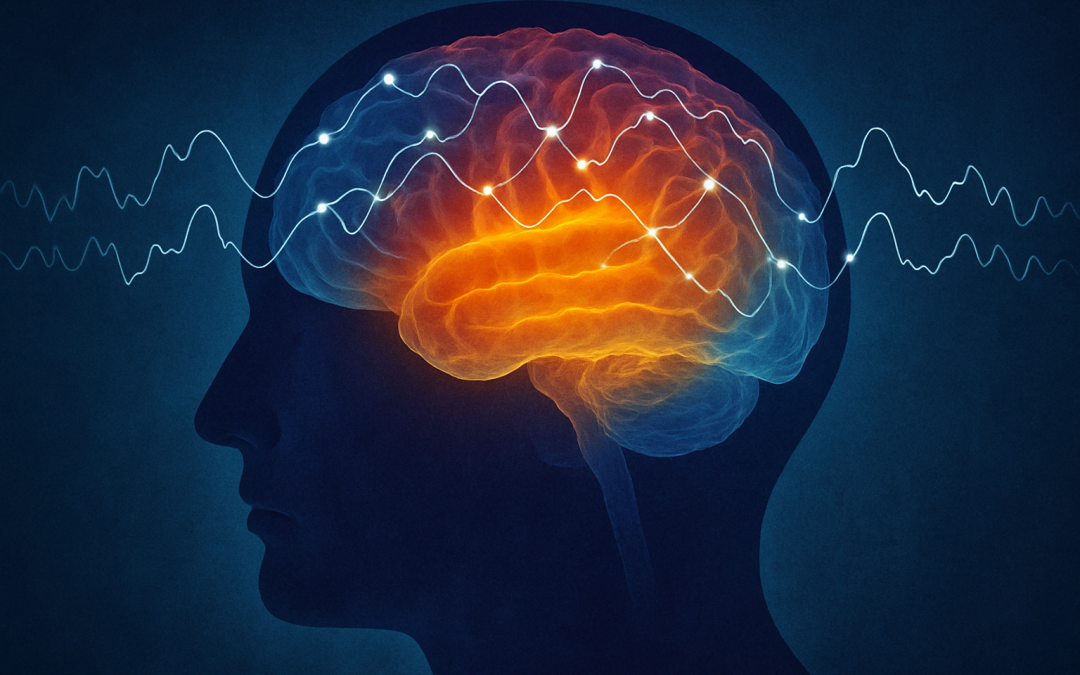A recent EEG study published in NeuroImage: Reports (June 2025; volume 5, issue 2, article 100257) explored differences in resting‑state brain activity between individuals who hold paranormal beliefs and those who do not. The research focused on alpha‑band oscillations and functional connectivity within the fronto‑parietal network, a brain circuit involved in attention, perception, decision‑making and cognitive integration.
Study Design and Methods
Researchers recruited two groups: self‑identified paranormal believers and skeptics. All subjects underwent a resting‑state EEG recording; data were analyzed to compute connectivity metrics, such as synchronization and coherence, within the alpha frequency band (roughly 8–12 Hz) across frontal and parietal regions.
Main Findings
- Paranormal believers showed increased alpha‑band power across frontal‑parietal electrode sites in comparison to skeptics;
- They also exhibited enhanced synchronization and coherence within that fronto‑parietal alpha network;
- In contrast, skeptics displayed lower alpha coupling in the same regions.
Interpretation
These results suggest a neurophysiological signature associated with paranormal belief: heightened alpha activity and stronger fronto‑parietal coupling. Alpha oscillations commonly relate to internal attention, inhibition of external stimuli and top‑down control. Elevated alpha synchronization may reflect increased readiness for internally generated perception or a predisposition toward integrative thinking that supports belief in paranormal phenomena.
Implications for Paranormal Cognition
The study offers compelling neural evidence linking paranormal belief with distinct resting‑state brain dynamics; it does not prove causation but aligns with theories that believers might rely more on internal mental representations, narrative construction, or intuitive reasoning rather than external sensory evidence. This enhanced internal mode may predispose some individuals to interpret ambiguous stimuli as paranormal experiences.
Limitations and Future Directions
The authors note several caveats: first this is an observational cross‑sectional study; second resting‑state EEG cannot determine causality or detail the cognitive process underlying belief; third group differences may reflect trait characteristics unrelated to paranormal belief per se. They recommend longitudinal and task‑based EEG or neuroimaging studies to clarify how alpha synchronization influences perceptual decision‑making, susceptibility to suggestion or anomalous perception.
Conclusion
The research identifies a measurable neural pattern, enhanced fronto‑parietal alpha synchronization and coherence, in paranormal believers. This finding contributes to a growing body of work investigating brain dynamics underlying belief systems; it raises intriguing questions about how internal attention and brain connectivity influence the way individuals perceive and interpret unusual phenomena
Chris Allen is a historian, paranormal researcher, and seasoned ghost tour operator with a passion for uncovering the eerie truths hidden in the shadows of American history. As a contributing writer for The Paranormal Chronicle, Chris brings a unique voice steeped in Southern Gothic tradition: factual, philosophical, and just unsettling enough to make you check the corners of the room. With a background in immersive storytelling and investigative research, Chris explores hauntings, folklore, and true crime with equal parts curiosity and reverence, treating ghost stories not as spectacle, but as cultural echoes worth listening to.

